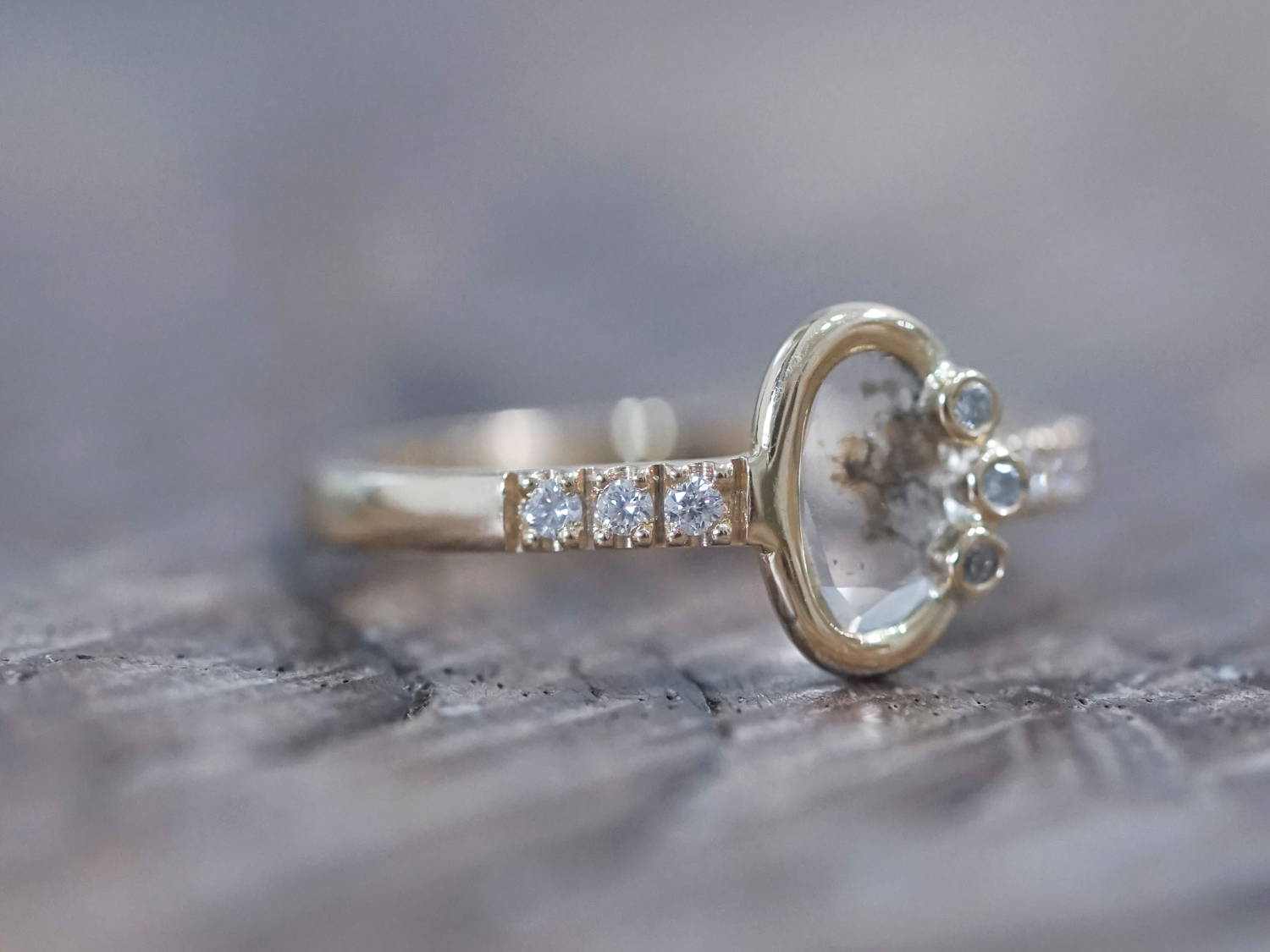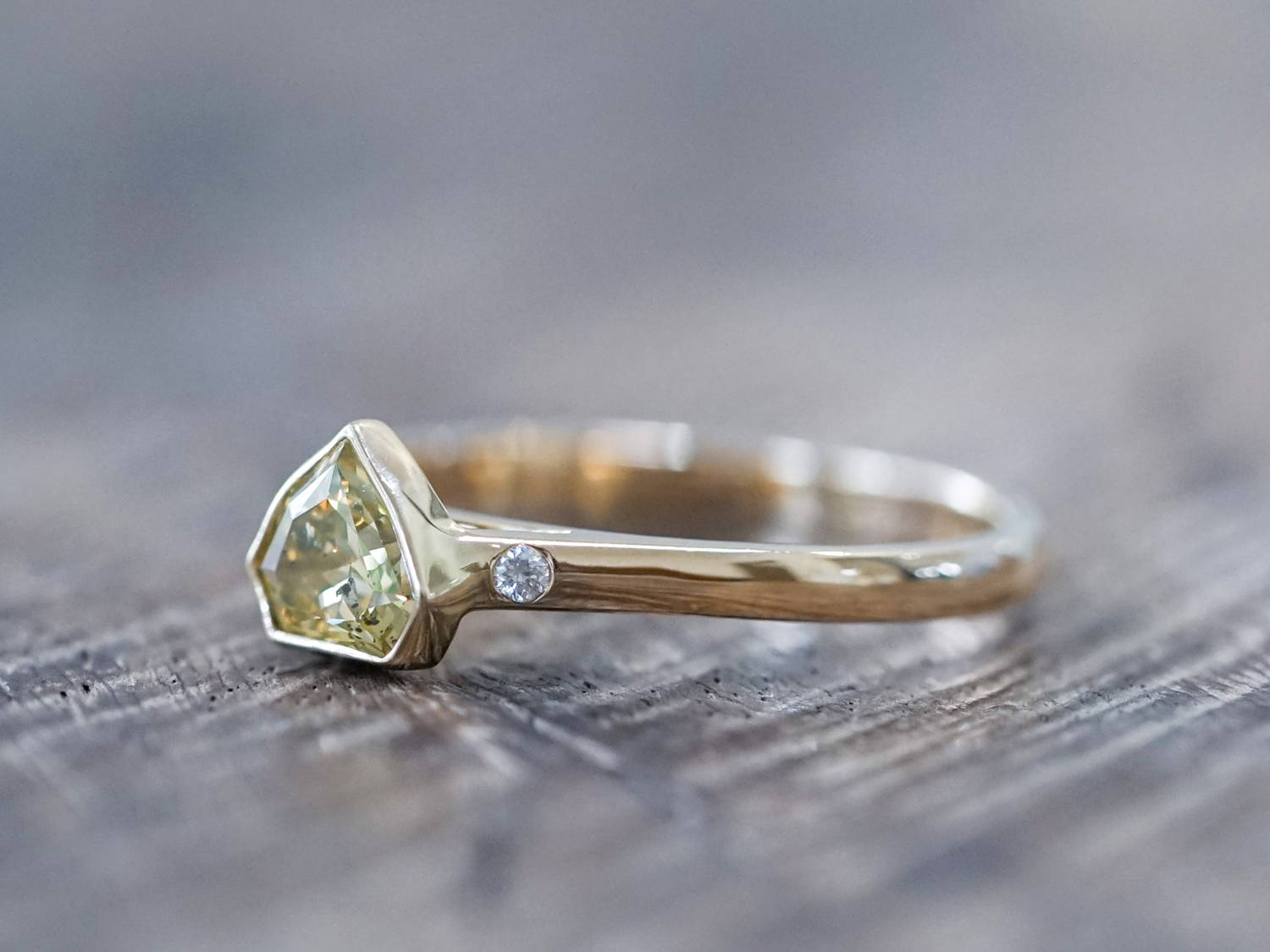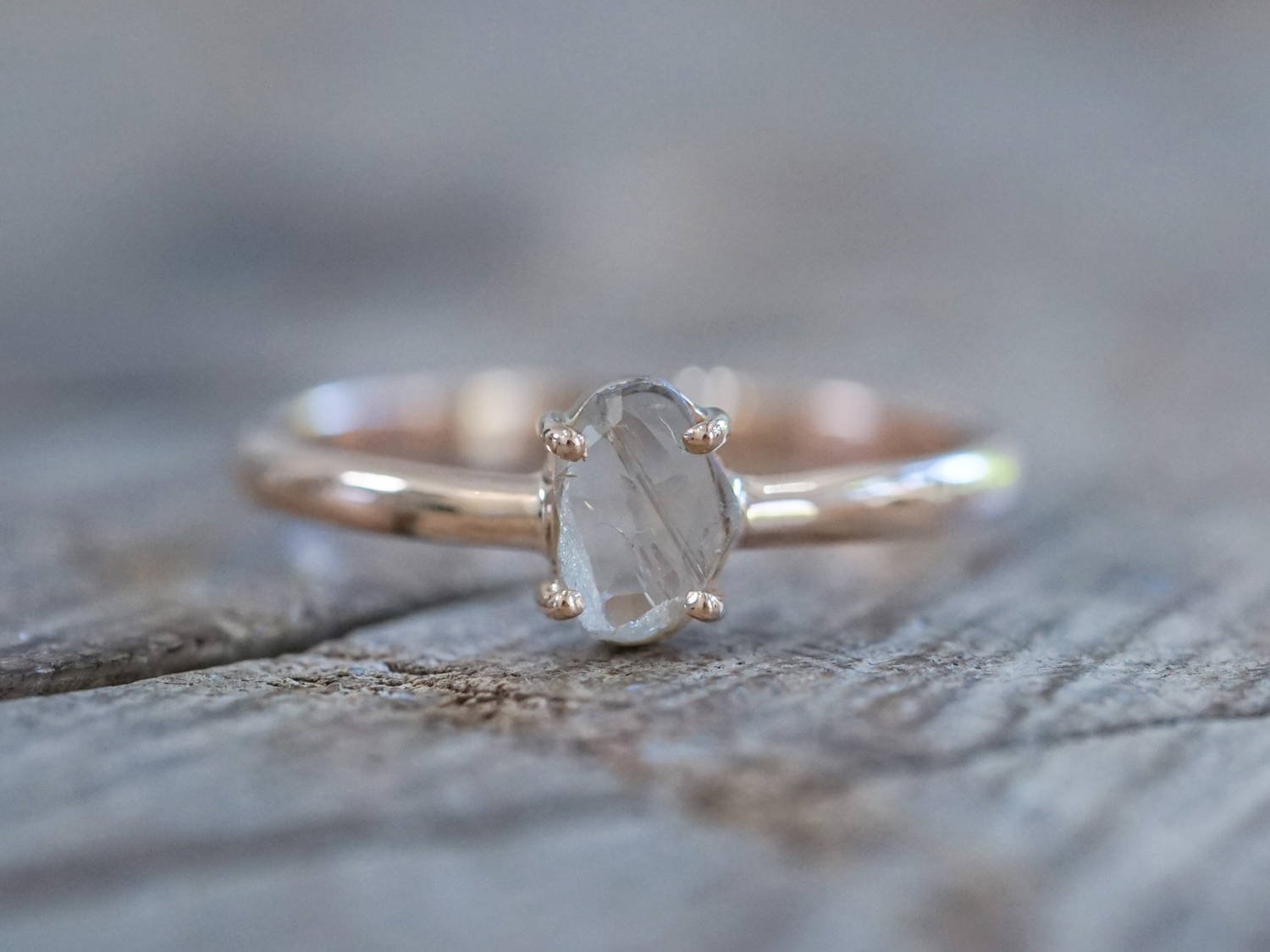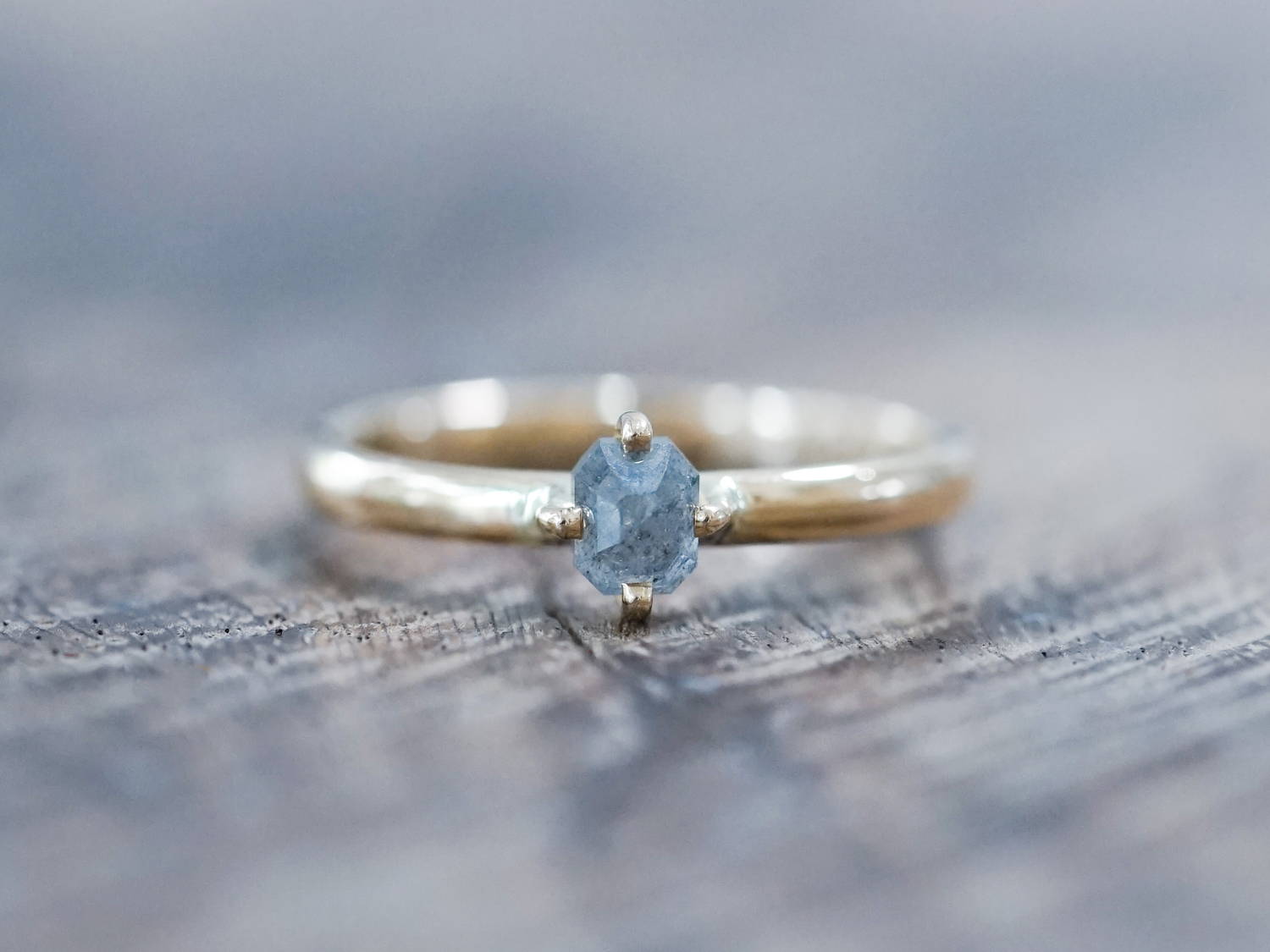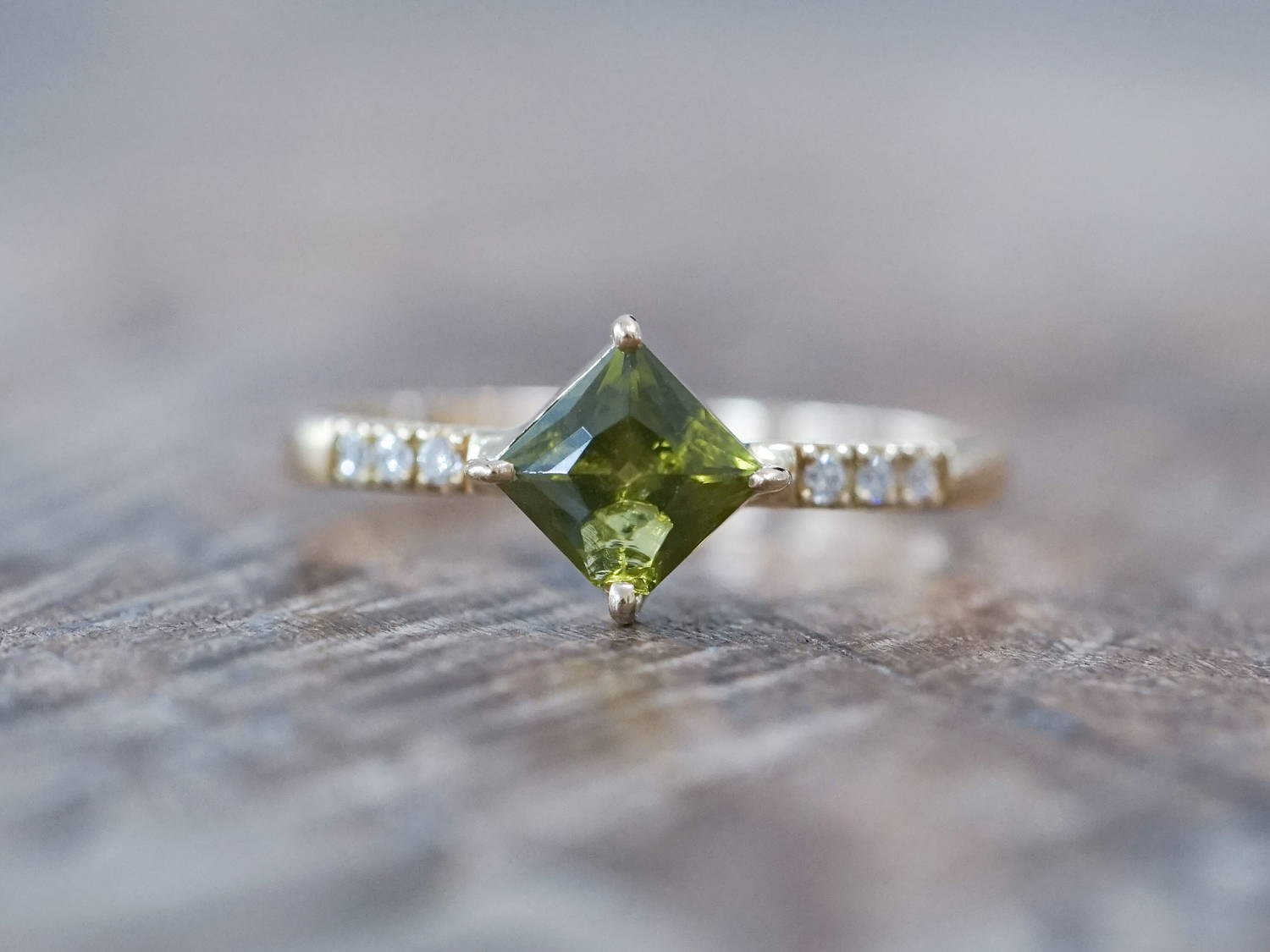Your Cart is Empty
(updated September 2021)
Who hasn’t heard of ‘Diamonds are Forever’? Because diamonds are definitely the go-to stone for engagement rings, right?
WRONG.
Wedding trivia alert: diamond engagement rings weren’t a thing until De Beers took over the airwaves and brainwashed us all into thinking those sparkly, white babies were the only stones acceptable for our rings.
They hired the advertising firm N.W. Ayer, where some amazing ladies invented the myth of the diamond engagement ring, complete with product placement in movies and making sure high society women were photographed wearing them. They also invented the whole “you have to spend two-months’ salary on the engagement ring” myth. Emphasis on the word ‘myth’ here.
If you’re reading this, chances are you’re the type of off-the-beaten-aisle bride who likes to do things differently – or, at least, isn’t the type to blindly follow the flock. I hear you, girl!
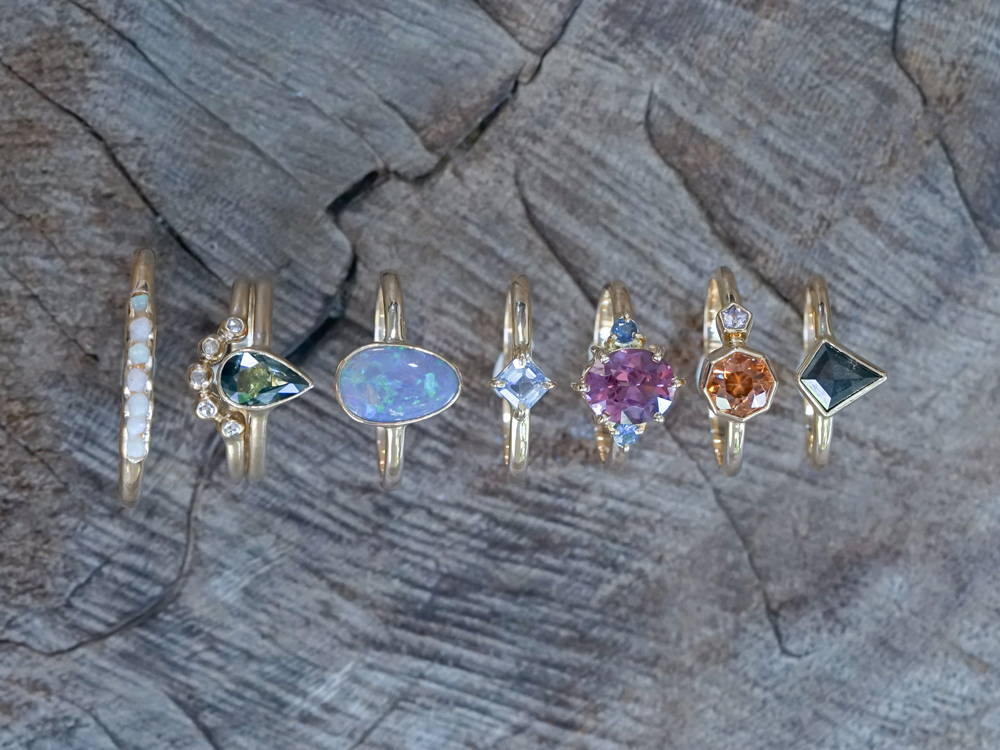
No diamond, no problem! These are some juicy options for an engagement ring!
I started designing jewelry a few years ago to fulfill my longing for beautifully offbeat pieces that would fit my active lifestyle, have character, and most importantly, celebrate the organic and unique imperfections of a gemstone.
In my jewelry-designing journey, I learned a few things I wish someone had told me when I was choosing my ring. Here are five things to think about on your search – after all, it’s the decision of a lifetime! No pressure.
So here are 5 things to consider when choosing your rock - and I don't mean your partner.
HARDNESS

In gemology, hardness is measured on Mohs’ scale of hardness. A diamond is considered the hardest with a hardness of 10, but this doesn’t mean it also has the toughest wear. Diamonds can get chipped and cracked easily because of how hard they are. Hardness and toughness, or wearability, aren’t necessarily related. There’s an old saying among gemologists that explains this in context:
"If you hit a diamond with a hammer, it’ll shatter into a dozen pieces. If you hit a piece of quartz with a hammer, it’ll split in two. If you hit a piece of jade with a hammer, it’ll ring like a bell!”
Diamonds are hard, but not very tough, so choose your setting carefully!
SETTING
If you’re an active person in your day-to-day, you might want to avoid an exposed ring setting.
A high profile setting that keeps the stone well above your finger with a few dainty prongs – now that’s just asking for trouble. The stone will easily get knocked or scratched.
For you physical femme fatales out there, a low profile bezel setting that surrounds the gemstone is a better idea. It’s more protective and will keep your stone safe for longer. However, it can make your stone look less bright as less light can come in from the sides.

Choose a ring setting that suits your lifestyle.
SHAPE OR CUT
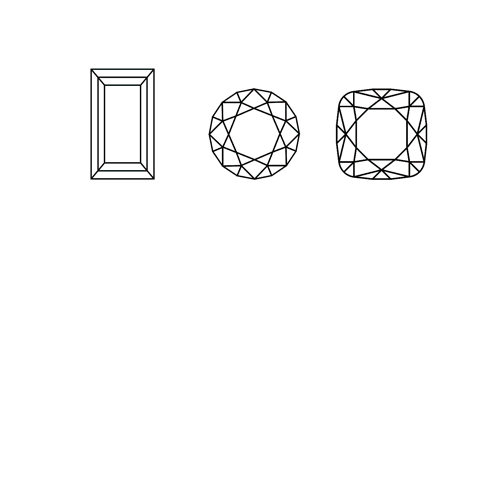
You may also want to opt for a round or oval stone rather than a stone with corners or sharp angles to help it last longer without chipping. This is just pure physics, and applies to any gemstone in general.
Also, larger stones tend to be stronger than smaller stones. Keep in mind they’ll still need to be repolished or even replaced over time.
It's pure physics. Bigger, rounder stones last longer than smaller ones with sharp edges.
COLOR
If it’s not a white diamond, you’ve got all the color options in the world! Languid lavender? Fernwood green? Champagne? Yellowish brown that maybe is more copper than yellow?
Before you let the “paradox of choice” seize your throat and make you run for the hills with anxiety, take a deep breath and start with this: what’s your skin tone? Sapphire, garnets, and rubies look great on cool skin tones, which usually features rosy undertones. Earthy-hued gemstones in coral, peach, green, and turquoise flatter warmer skin tones with yellow undertones.

Go bold, or go home. Choose a color which speaks to you the most!
SUPERPOWER
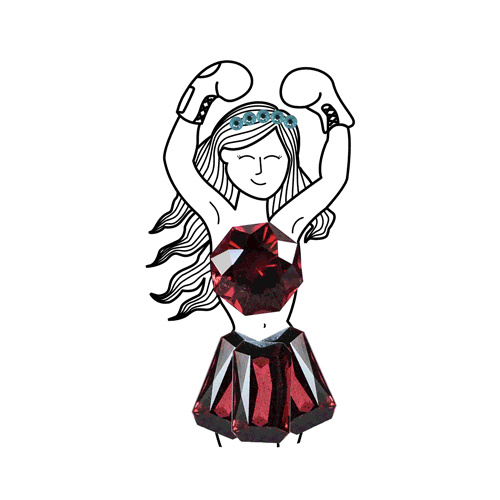
Yes, you read that right. Each gemstone has a history and a superpower. And whether or not you’re the type who charges their crystals under the full moon and stuffs their bra with them, it’s still interesting to learn about the stories behind the gemstone you’re about to choose.
For example, sapphires are meant to support loyalty; a champagne diamond represents a lifelong reason to celebrate each other, whereas a pink diamond could mean that your marriage will be peppered with lovely surprises; and citrine symbolizes happiness and prosperity.
These rings are charged with superpowers.
* This blog post was first published on Lists and Lace - a blog that empowers brides to personalize and prioritize their wedding planning.









